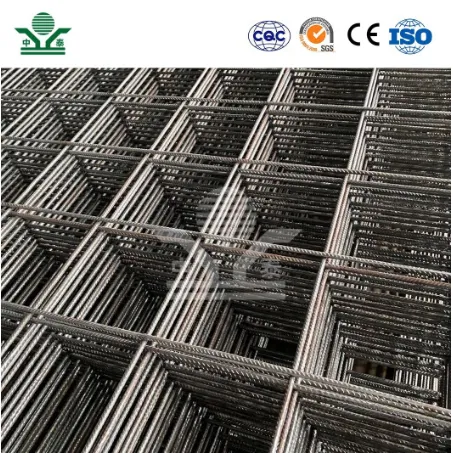Understanding Standard Perforated Sheet Sizes
Perforated sheets are widely used in various industries due to their versatility and functionality. These sheets, characterized by a series of holes punched into them, serve multiple purposes ranging from aesthetic design to functional applications in construction, filtration, and soundproofing. One of the important aspects of working with perforated sheets is understanding the standard sizes available, as they can significantly influence project outcomes and efficiency.
Standard Sizes and Their Importance
Standard perforated sheet sizes vary across different regions and industries, but they generally comply with several commonly used measurements. In the United States, for instance, a perforated sheet typically comes in sizes such as 4′ x 8′, 5′ x 10′, and other variations to meet diverse manufacturing and design needs. These standardized dimensions enable manufacturers to streamline production processes, reducing costs while ensuring consistent quality in the products delivered.
In the metric system, standard sizes like 1000mm x 2000mm and 1200mm x 2400mm are prevalent. Knowing these dimensions can assist engineers, designers, and architects in selecting the appropriate perforated sheets for specific projects, ensuring they meet both structural and aesthetic requirements.
Applications of Perforated Sheets
standard perforated sheet sizes

Perforated sheets are engineered for a wide variety of applications. In construction, they are utilized for roofing, walls, and ceilings to improve airflow and control acoustics. Their aesthetic appeal makes them popular in interior and exterior design, allowing for creative partitioning, railing infills, and façade designs.
In industrial applications, perforated sheets serve crucial roles in filtration systems, providing effective solutions for air, liquid, and sound filtration. They are also used in machinery to facilitate sound dampening while maintaining the function and efficiency of equipment.
Customization and Flexibility
While standard sizes are essential, the ability to customize perforated sheets is equally important. Many manufacturers offer bespoke solutions where clients can select hole sizes, patterns, and additional treatments such as coatings or finishes. This flexibility allows users to adapt perforated sheets to their specific needs without compromising on functionality.
Conclusion
In conclusion, understanding standard perforated sheet sizes is vital for anyone involved in designing or implementing projects that require these materials. Whether you are in construction, industrial design, or creative arts, being familiar with the dimensions and applications of perforated sheets will enhance your ability to make informed decisions. With the added option for customization, professionals can ensure that the perforated sheets they choose not only fit the necessary specifications but also elevate the overall aesthetic and functionality of their projects. As industries continue to innovate, staying updated on trending sizes and applications will be crucial for maintaining competitive advantage and achieving successful outcomes.
-
The Strength and Versatility of Aluminum Expanded Metal Mesh
NewsJun.10,2025
-
Safety Guards and Machine Enclosures Using Expanded Mesh
NewsJun.10,2025
-
Performance with Round Hole Perforated Mesh in Wall Panels
NewsJun.10,2025
-
How Steel Grating Trench Covers Distribute Weight Efficiently
NewsJun.10,2025
-
How Deck Mesh Railing Enhances Backyard Aesthetics
NewsJun.10,2025
-
Comparing Bar Thickness and Spacing in Steel Grating
NewsJun.10,2025
Subscribe now!
Stay up to date with the latest on Fry Steeland industry news.

